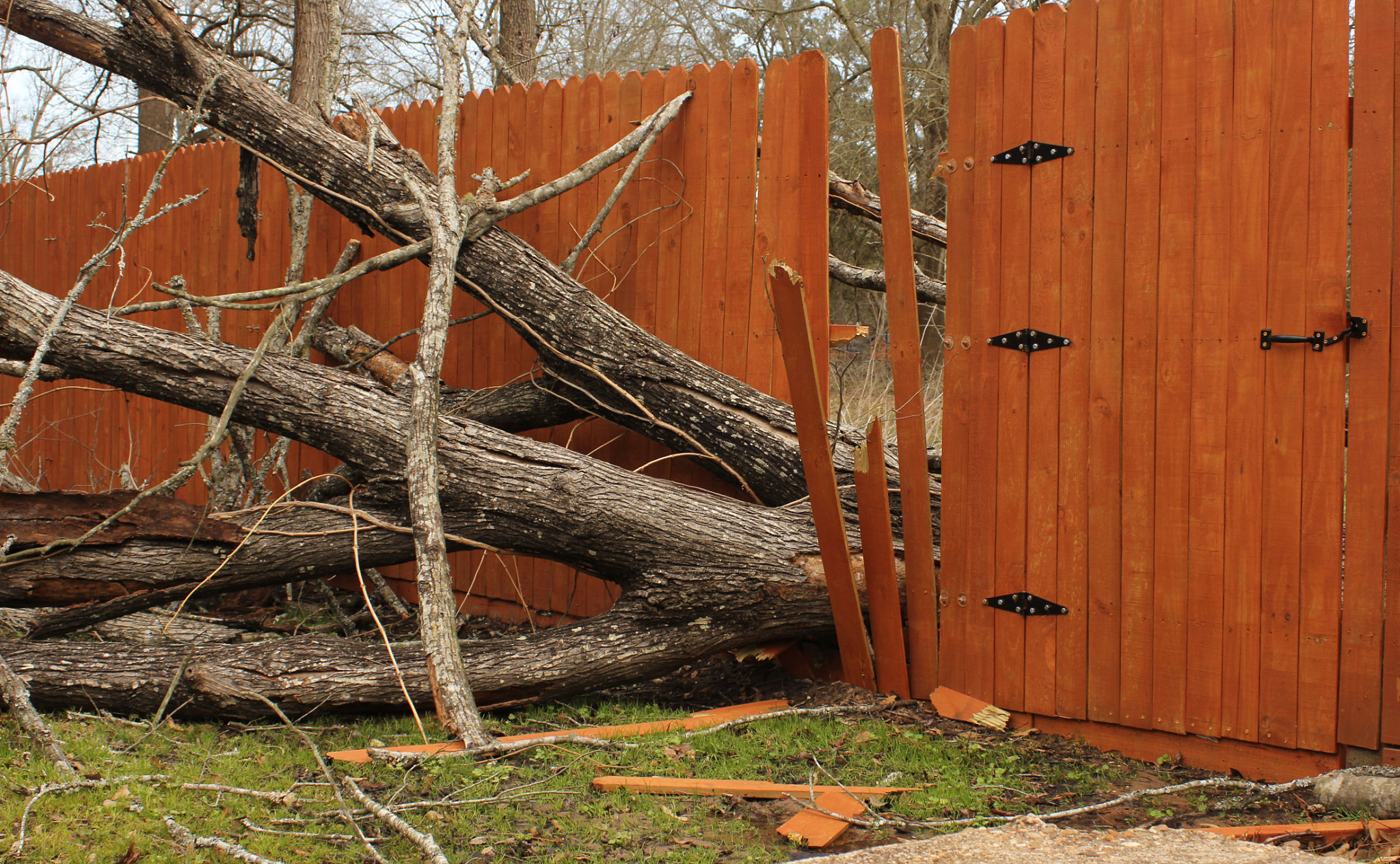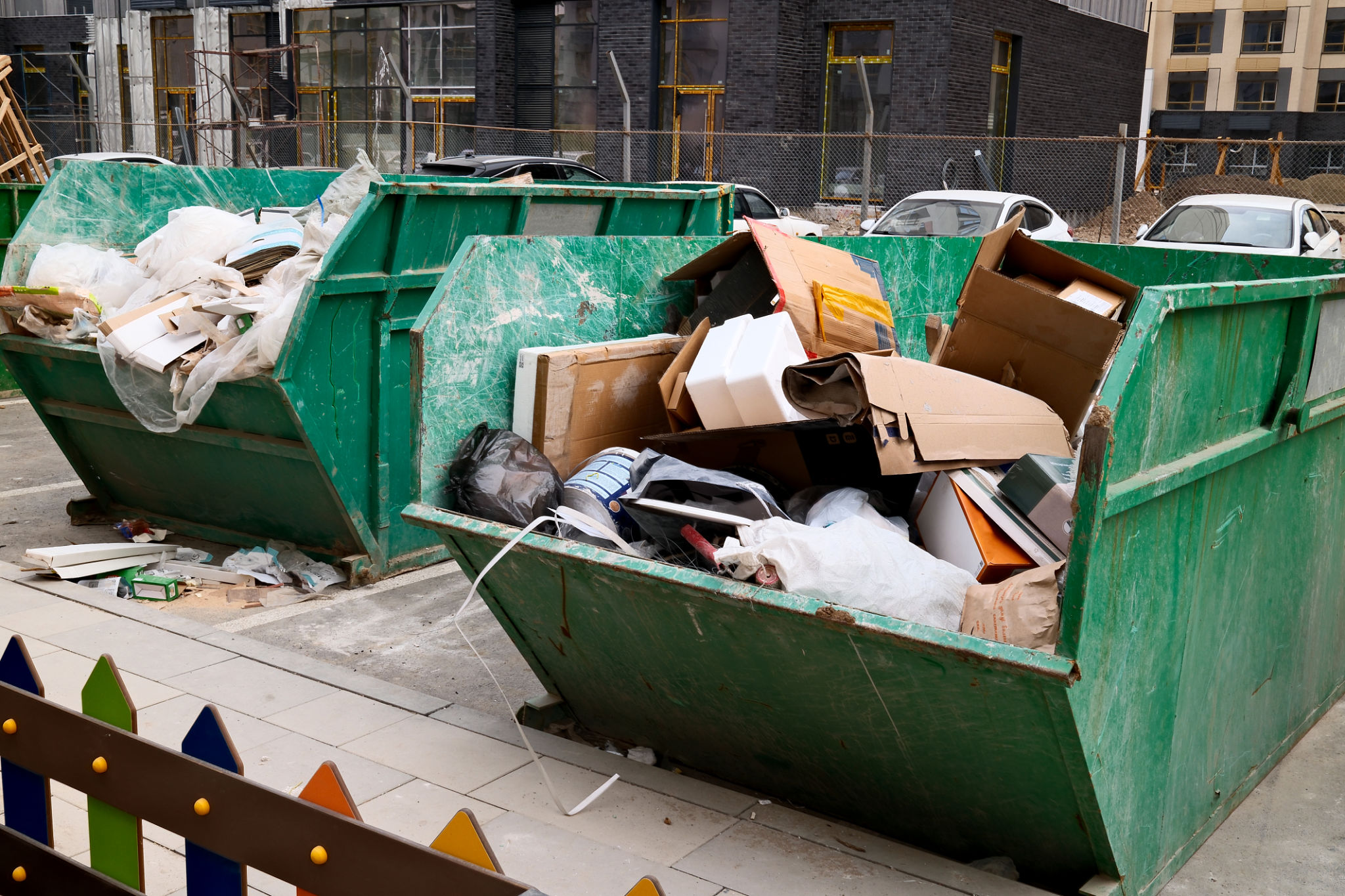

- Blog
- About Quality Demolition and Land Clearing
- Get a Free Estimate!
- FAQs: Land Clearing, Excavation & Demolition in Knoxville
- Demolition Services
- Land Clearing & Site Prep
- Emergency Debris Removal Service
- Tree & Brush Removal
- Excavation & Grading
- 🏗️ Demolition, Excavation & Land Clearing Services in Maryville, TN
- Mobile Home Demolition & Removal in Knoxville, TN
- Pool Demolition & Removal Services in Knoxville, TN
- Concrete & Foundation Removal
- Dump Truck Hauling & Material Delivery in Knoxville, TN | Gravel, Mulch & Dirt
Emergency Debris Removal: What to Do After a Storm
Understanding the Impact of Storm Debris
Storms can wreak havoc on communities, leaving a trail of debris in their wake. From fallen branches to damaged structures, the aftermath requires immediate attention. Understanding the impact of storm debris is crucial for effective cleanup and recovery.

Prioritize Safety First
Before beginning any debris removal process, ensure the safety of everyone involved. Check for downed power lines and avoid areas that may be unstable. It’s wise to wear protective gear, such as gloves and helmets, to prevent injuries while handling debris.
Assess the Damage
Once safety is ensured, assess the extent of the damage. This involves walking around the property to identify all the areas affected by the storm. Create a list of debris that needs to be removed, prioritizing items that pose immediate hazards.
Organizing Your Cleanup Efforts
Effective organization can significantly speed up the debris removal process. Here are some steps to consider:
- Segregate debris into categories like vegetation, construction materials, and hazardous waste.
- Use appropriate tools such as chainsaws for large branches and shovels for smaller debris.
- Coordinate with neighbors to share resources and manpower.

Disposal and Recycling Options
Proper disposal of debris is essential for environmental conservation. Many communities have designated drop-off sites for storm debris. Additionally, consider recycling options for materials like wood and metal to reduce landfill waste.
Hiring Professional Services
In cases of extensive damage, hiring professional debris removal services might be the best option. These services have the expertise and equipment to handle large-scale cleanups efficiently. Research local companies and read reviews to find a reliable service provider.

Dealing with Insurance and Financial Assistance
After ensuring safety and starting cleanup, it's essential to address insurance and financial matters. Document all damages with photos and detailed notes. Contact your insurance provider to understand your coverage and file claims promptly.
Community Support and Resources
Community support can be invaluable during recovery. Check with local authorities for information on available resources, such as financial aid or volunteer groups. Participate in community meetings to stay informed about ongoing recovery efforts.
By following these steps, you can navigate the complexities of emergency debris removal efficiently. Remember that safety and organization are key to a successful cleanup operation, ensuring your home and community can return to normalcy swiftly.